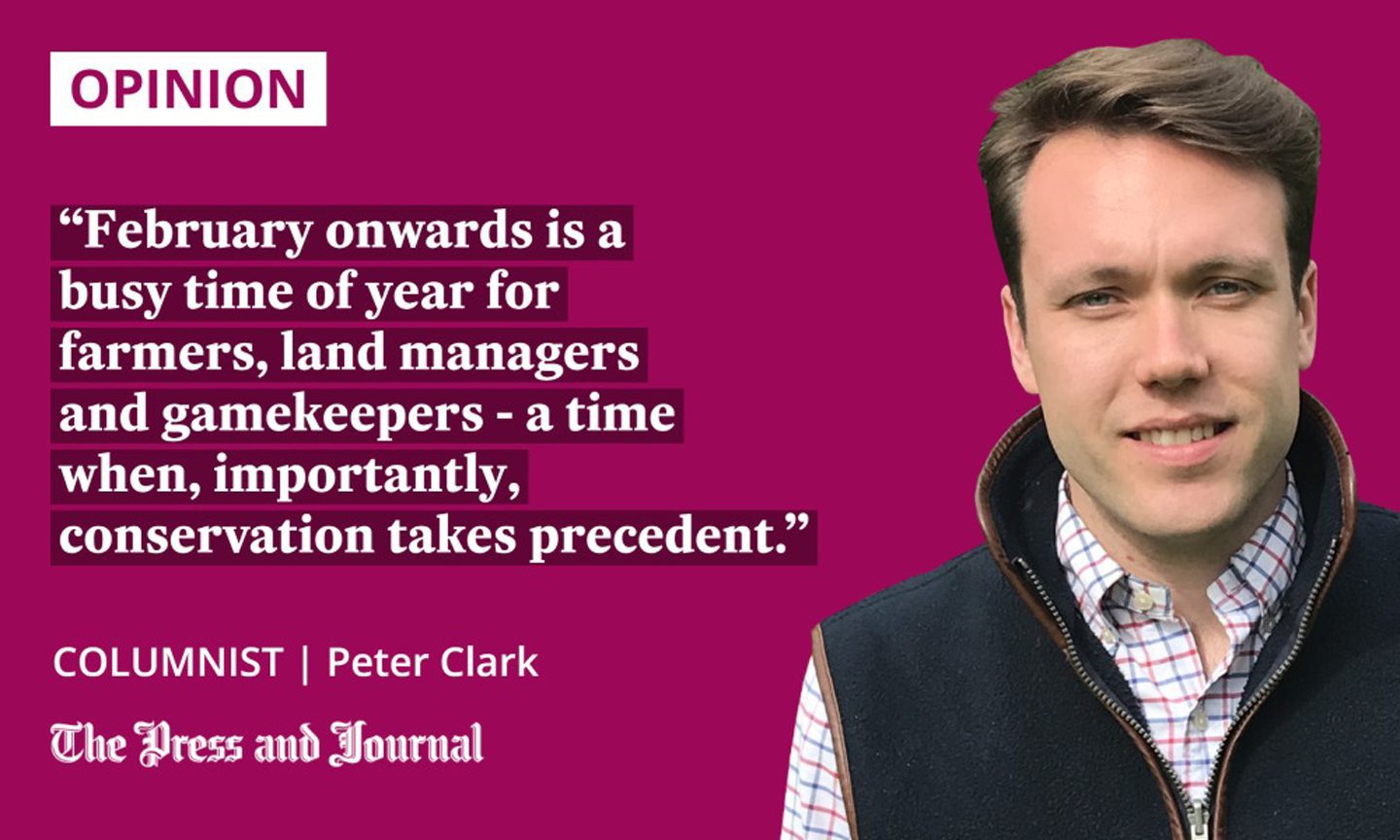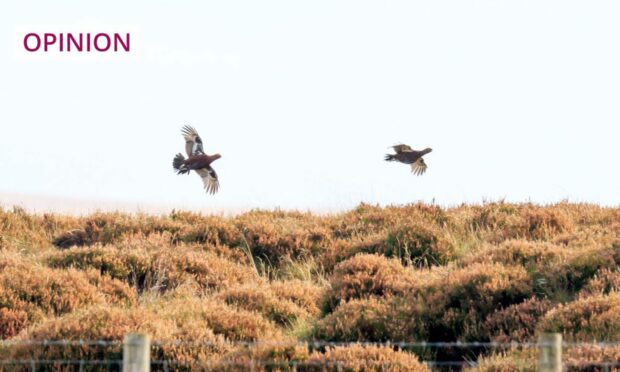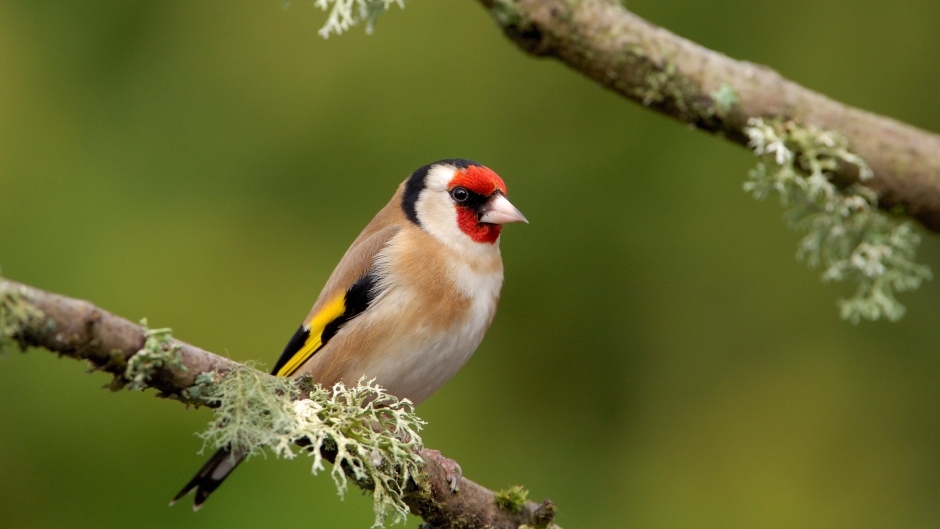From feeding wild birds to predator management, a great deal is accomplished outside of shooting season, writes Peter Clark.
The end of the game shooting season on February 1 is always a natural point of reflection.
This year, most notably, many shoots have exercised incredible resilience in the face of adversity, with increased pressures due to avian flu and heightened costs.
Quietly persevering and remaining hopeful, work now begins on preparing for the next shooting season, with many continuing on despite the perils of the prevailing economic climate. Contrary to expectation, the hard work of maintaining a shoot does not simply cease when the season draws to a close.
With the all-important end-of-season Beaters’ Day over, attention turns to the vital task of “catching-up”. Catching-up has become even more significant this year. The practice involves taking in gamebirds into outdoor, large and spacious pens for breeding, in preparation for the next season.

In recent years, many shoots have relied on eggs or day-old chicks imported from French game farms. Yet, with strict quarantine rules and import difficulties due to bird flu, as experienced last year, this more conventional practice of rearing home-caught birds will become more important.
In England and Wales, catching-up is only legal until the end of the shooting season, However, in Scotland, it is legal until February 28.
Conservation now takes precedent
Undoubtedly, February onwards is a busy time of year for farmers, land managers and gamekeepers – a time when, importantly, conservation takes precedent. The annual shoots are only one part of complex land management task.
In addition to catching-up, continual bird feeding by shoot managers remains of paramount importance, as a dearth of food in harsh winter conditions has been identified as a contributor to the national declines in numbers of some farmland birds, such as corn bunting, linnet and goldfinch.
The Game and Wildlife Conservation Trust recommends that feeding of farmland and game birds should continue through the so-called “hungry gap” until April, with the feed helping sustain bird populations. This is not just exclusive to those running shoots – it is strongly encouraged at home in the garden, too.
Further on in spring, land managers, farmers and gamekeepers will begin planting cover crops: a natural sanctuary and foraging source for birds. Songbirds thrive in these otherwise unassuming field fringes.
Pest and predator control in the spring months is essential for conservation, lambing and calving. Controlling foxes could also mean the difference between a successful or an unsuccessful breeding season for our farmland and ground nesting birds.
Whilst the beaters’ wagons may be parked up, the peg posts taken down from the drives, and the jovial chatter at elevenses long gone, the mammoth task of continuing vital conservation, as “custodians of the countryside” continues in earnest for land managers, gamekeepers, and farmers.
Peter Clark is public affairs manager for the British Association for Shooting and Conservation (BASC) in Scotland


Conversation